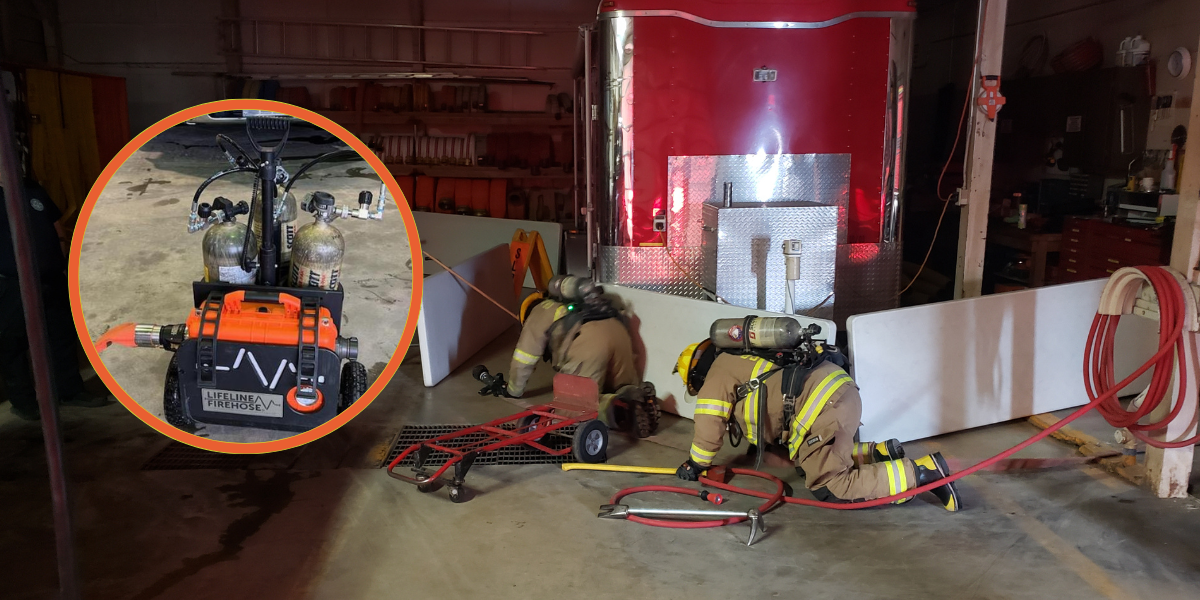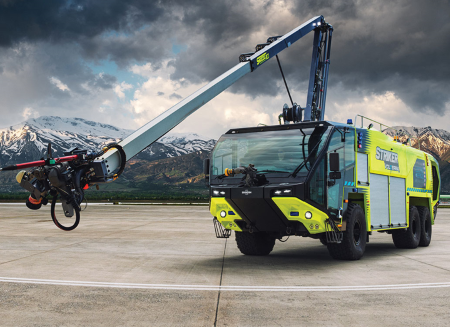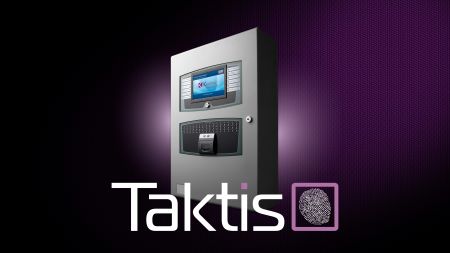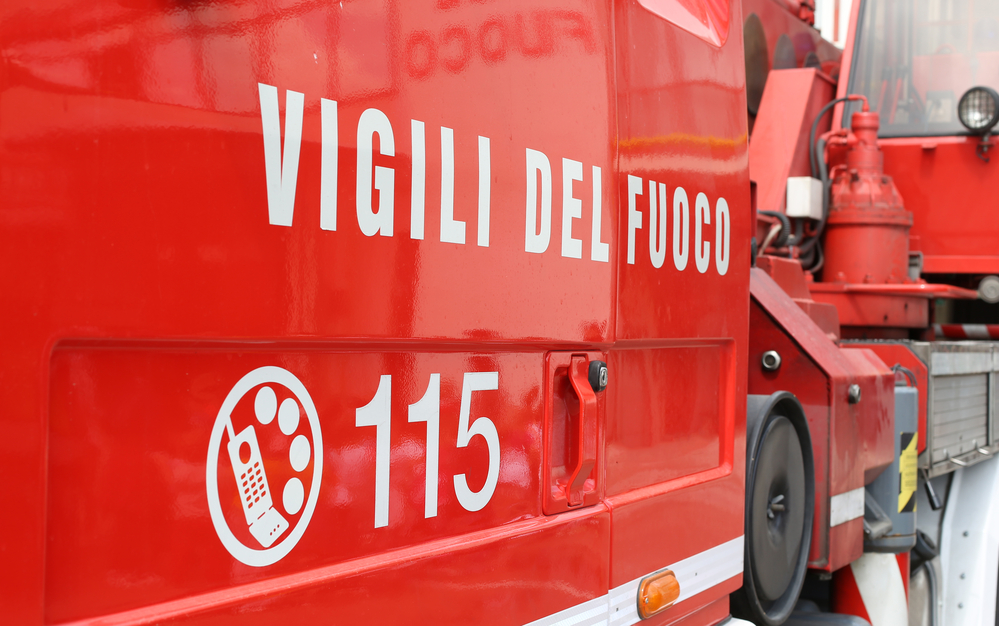David Wilson of fleet management consultancy firm DW Consultancy, discusses the effective strategic models for cost-effective fleet maintenance in the fire industry.
The Fire Service, like any industry where fleets of vehicles and equipment are consistently used, needs appropriate, regular and efficient maintenance, not least because any defective product could potentially have a negative impact upon their directive to keep the public and property safe. With such fleets undertaking strenuous and often risky manoeuvres which could very well result in damage, it’s no big secret that fire services must sometimes undergo costly repairs, but should this maintenance be outsourced or internally dealt with?
The correct decision to do so depends on many factors, such as the current mechanical state of the Fleet, the state and size of the workshop function and how much capital and revenue funds are available.
A recent exercise to evaluate this question for a UK Fire Service throws up interesting issues that will apply, at least in some respect, to most other Fire Services and highlight key areas that need review.
In essence, the strategic issues that the industry or specific brigade will have to address in the foreseeable future deviate very little between independent Fire Services. It is therefore advised that any industry or brigade reviewing its options must bear in mind the following:
- The likelihood of the decrease in the number of fire incidents over time.
- The incorporation of increased technology used to fight fires.
- An increase in the level of service demanded by the public & Government.
- Ever-increasing industry-wide legislation and regulation.
- The likelihood of reduced funding for some time to come.
- The likelihood of needing to collaborate with other services.
All of these play a part in determining the costs involved with efficient fleet-wide maintenance but the Fire Service must also constantly look towards the future needs of the station. Namely that any fire service needs to:
- Always remain flexible to operational needs.
- Provide the same or better quality of service at stable or reduced cost.
- To continue to provide R&D and engineering support to incorporate new technology into vehicles and equipment when needed.
- To keep resilience at or above an acceptable level.
- Maximise facility utilisation and reduce overheads.
With these challenges, the effective strategic models for fleet and equipment provision for this service were to:
- Keep virtually all work in-house with improved efficiencies.
- Operate a mixed service provision, some being in-house, some externalised.
- Externalise most maintenance services, utilising existing premises, keeping fleet engineering provision in-house.
- Externalise all maintenance services and vehicle provision, utilising supplier premises, selling premises, keeping just management in-house.
- A collaboration project with neighbouring counties.
- Do nothing, stay as is.
The last option is always the tempting one, with predictable outcomes and seemingly low risks, but in the current climate of reduced funding it also carries high hidden risks of having to reduce service provision.
After carefully exploring and costing all the options, the one chosen, at least in the short term was No1, to keep services in-house and increase efficiencies. This model has the benefits of retaining a knowledgebase of existing staff whilst offering the least disruption to the service (after do-nothing). It also provided a known quality of service with no cost increase and the potential to operate a two-shift system to improve asset utilisation and increase the speed of vehicles through the workshop. There are however, inherent risks in this option, such as the management and staff might not adopt the necessary changes rapidly enough, or even at all, so the savings may not materialise.
Therefore, any fire service looking to make such a decision must carefully review itself, always bearing in mind, its size, typical use and the needs of the future, to keep its fleet and equipment maintenance efficient, cost effective and, importantly, safe.







